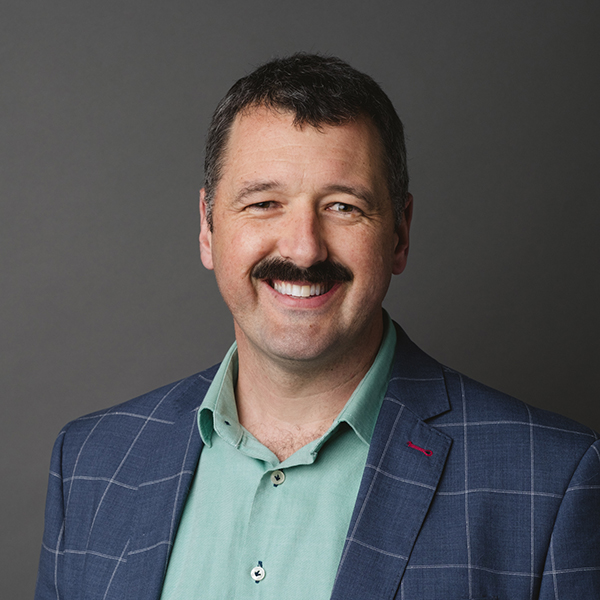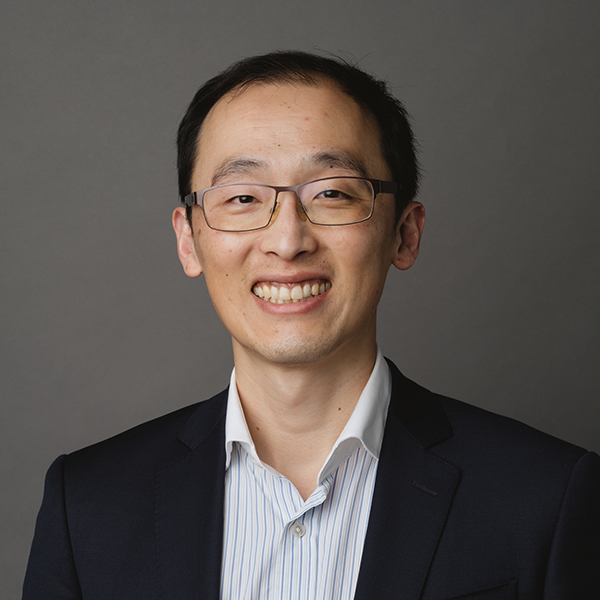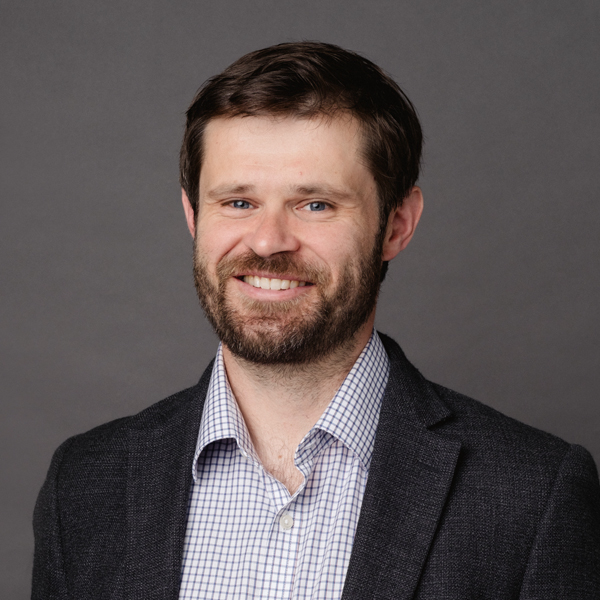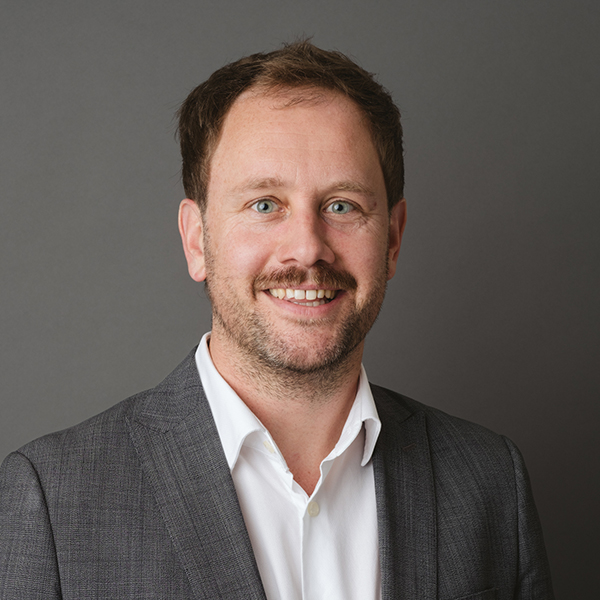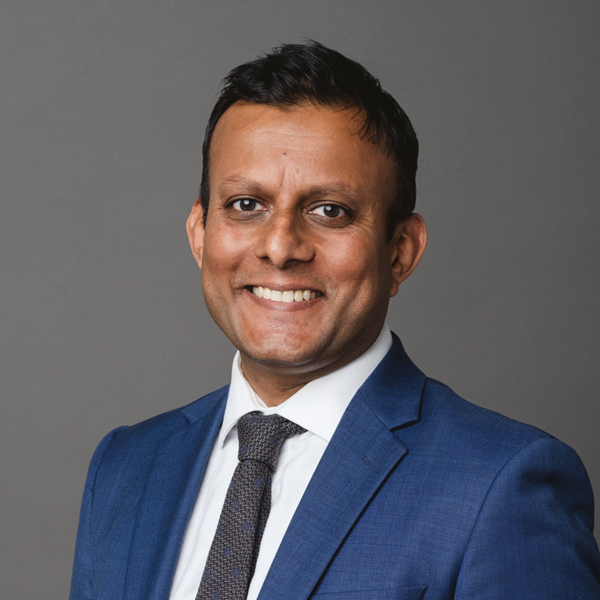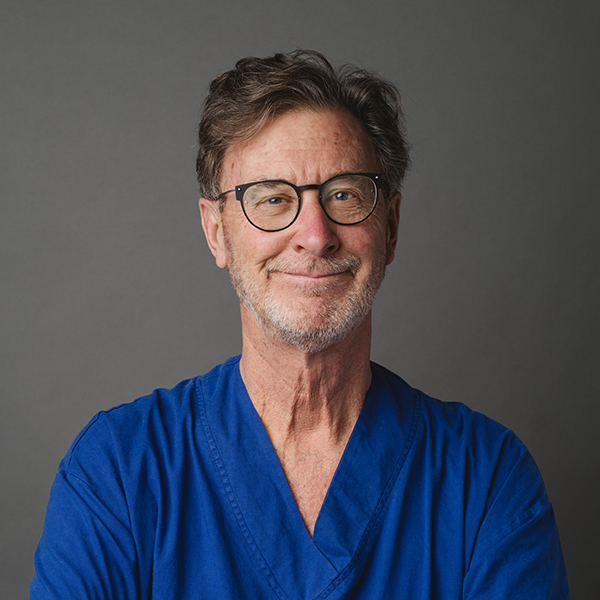Preparing for your colonoscopy
No food for 6 hours prior to the procedure and water until 2 hours prior to the procedure.
Colonoscopy
A colonoscopy is a test used to look at the lining of the bowel (colon or large intestine) using a colonscope – a long, soft flexible tube containing a tiny video camera and a light.
FAQ’s
Reasons for having a colonoscopy include:
- To check for early signs of cancer in the colon and rectum.
- To look for causes of tummy pain, bleeding from the bottom (rectum), low iron (anaemia) or weight loss.
- To investigate unexplained changes in bowel habits.
To be able to see the inside of the bowel clearly with the colonoscope, the bowel needs to be completely empty. In the days leading up to your colonsocopy, you will be on a special diet and will be given some laxatives (medicine to make you go to the toilet) to take to help clean out your bowel.
Make sure you know what is needed and follow the instructions carefully as the bowel needs to be completely clean for the procedure. Read the brochure or letter you have been given and ask questions if you are not sure what to do.
Some medications can interfere with the preparation for a colonoscopy. When preparing for a colonoscopy, tell you doctor or nurse what medications you are taking.
During the colonoscopy procedure, a specially trained doctor uses a colonoscope to examine the lining of your bowel. A colonoscope is a long, thin flexible tube with a tiny camera and a light on the end.
Before the procedure, your doctor will discuss what is going to happen with you and you will have a chance to ask questions. You will need to change into a hospital gown.
When you are ready, you will be given a sedative and asked to lie on your side or back while the doctor gently inserts the colonoscope into your back passage and slowly moves it along the inside of your bowel.
The video camera on the colonoscope streams video images to a TV screen, allowing the doctor to see the lining of your bowel. Your doctor will examine the lining again as they slowly withdraw the colonoscope.
In some cases, the doctor cannot pass the colonoscope through the entire colon. Your doctor will let you know whether you need any other tests.
The doctor may also take a biopsy (small sample of the bowel lining) or remove any polyps (abnormal growths in the bowel lining that are usually noncancerous) they see. Removal of polyps reduces the risk of cancer developing.
Usually a colonoscopy is a pain-free procedure, but you might feel pressure, bloating or cramping during the procedure. Your doctor may give you a sedative or painkiller to help you relax and reduce any discomfort.
The procedure itself usually takes less than 45 minutes, although you should plan on 2 to 3 hours for waiting, preparation and recovery. You will need to stay until most of the effects of the sedatives have worn off.
If you have been given sedatives during the procedure, someone must drive you home and stay with you. Even if you feel alert after the procedure, your judgment and reflexes could be impaired for the rest of the day.
You might feel some cramping or bloating (gas) because of the air introduced into the colon during the examination. This should ease when you pass gas.
You should be able to eat after the examination, but best to check with your doctor.

